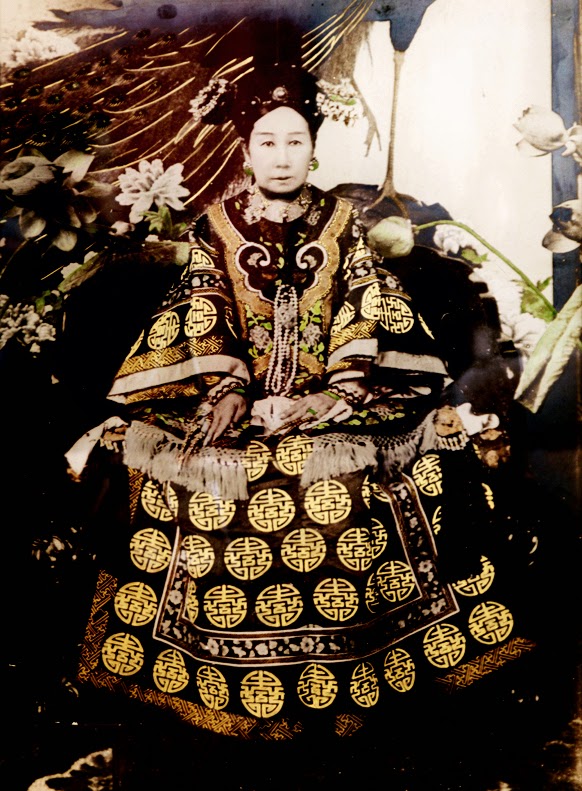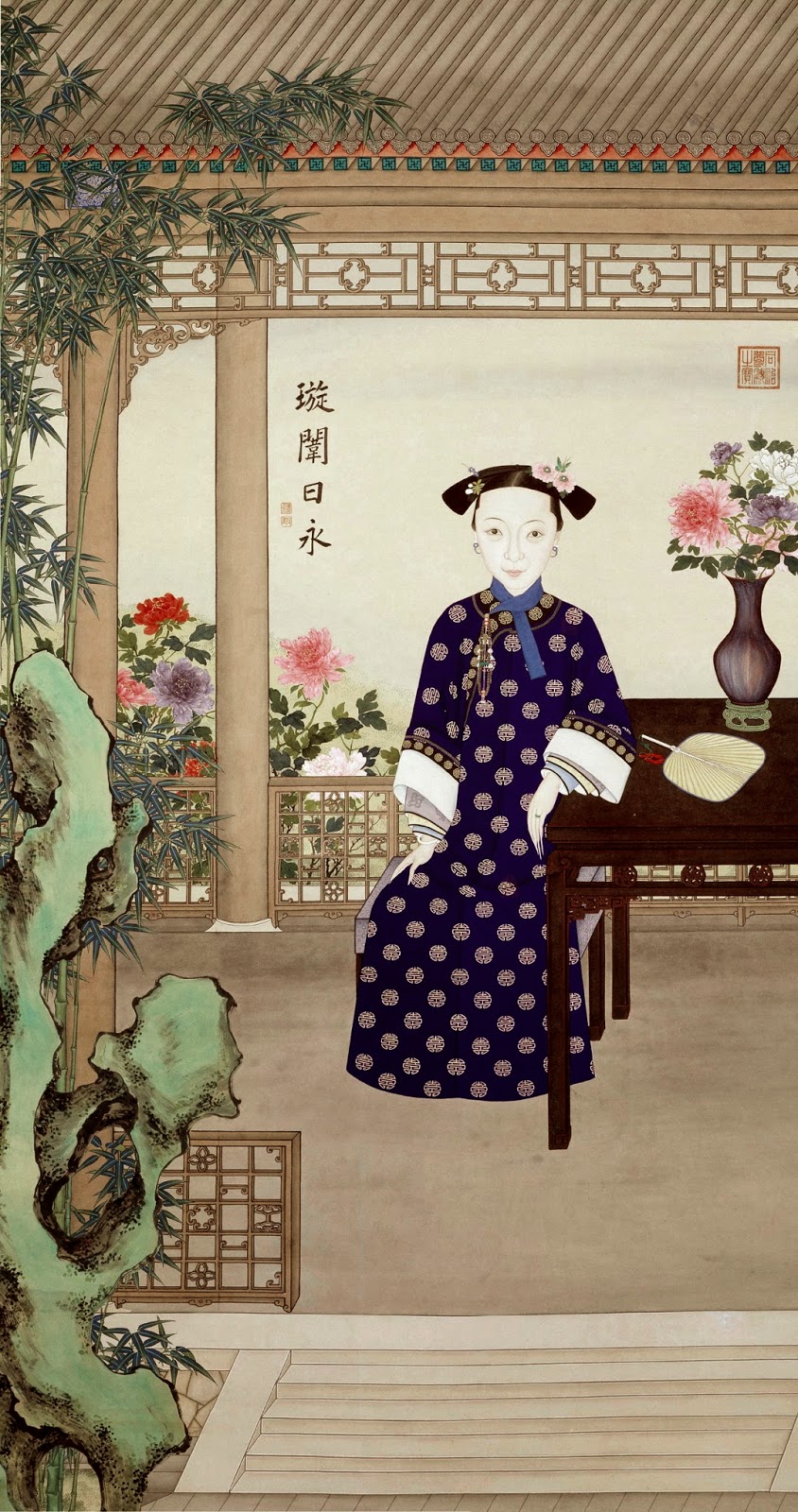 |
|
The Seven Sacraments Altarpiece, 1445-50, by Rogier van der Weyden, shows the use of chrism, or holy oil, in the sacraments of baptism and confirmation on the left.
|
Local artist
 |
|
The Tiger, 1929, Charles Livingston Bull, for Barnum and Bailey.
|
 |
|
Saturday Evening Postcover art, March 6 1918, by Charles Livingston Bull
|
 |
|
Boys’ Life cover art, Apr 1932, by Charles Livingston Bull
|
How not to buy art
 |
| And here, a genuine Pablo Picasso. You can tell he really did it because of the bull. |
 |
| And who would try to forge an Egon Schiele anyway? Just everyone, that’s who. |
Let me know if you’re interested in painting with me in Maine in 2014 or Rochester at any time. Click here for more information on my Maine workshops!
For sale to the highest bidder
 |
|
Michael Chesley Johnson’s painters having a huge impact on the environment.
|
 |
| Tower Falls at Yellowstone, by Thomas Moran, 1876. We have national parks in the west in large part because of artists like Moran. |
How do we train new plein air artists in that historic tradition? By taking them out into the field, of course.
 |
| Another plein air painter in one of Michael Chesley Johnson’s workshops. |
The Pope’s Daughter

My friend K Dee recently put together a photostream of portraits of women to “help me remember, in case I ever start to forget, which sort of female image I find reflects a healthy civil society, and which I do not.”
Lucrezia Borgia was the daughter of Pope Alexander VI and one of his many mistresses, Giovanna de Candia, contessa dei Cattanei. Very little of what we think we know of her is proven, but her legend has been enduring.

By our standards, Italian Renaissance society was remarkably tolerant, for the Pope openly acknowledged Lucrezia and her siblings. Then again, the Borgias treated the church like their private fiefdom and power base. And as liberal as the Italian Renaissance was about sexual matters, the Borgias stood out as libertines.
Lucrezia was described as having all the attributes of a Renaissance beauty—a long neck, long blond hair, an ethereal carriage. Her father wasn’t averse to horse-trading for her. As the Borgia family’s fortunes rose, one engagement and then another was made and broken, starting when she was 11 years old. She was married at the age of 13, to Giovanni Sforza, Lord of Pesaro and Count of Catignola. His usefulness to the Borgias soon ended, however, and the Pope quietly ordered his execution. Lucrezia apparently hadn’t yet grown into her Borgia soul: she warned him and he fled Rome.
Sforza refused a divorce and accused Lucrezia of incest with her brother and father. The Borgias responded by alleging the groom was impotent. They of course held the power, and the marriage was annulled.
Lucrezia was probably pregnant at the time of this annulment—perhaps by her husband, perhaps by the chamberlain in her father’s household. She retired to a convent, and a Borgia child was born that year. Meanwhile, the body of the chamberlain and a maid were found in floating in the Tiber. The child, Giovanni, was presented to society as her half-brother.

In order to strengthen ties between the Vatican and Naples, Lucrezia, now 18, married Alfonso of Aragon, 17. “”He was the most beautiful youth that I have ever seen in Rome,” wrote a contemporary. Soon, the twisting ties of Alexander’s allegiances made Alfonso a liability. The young man fled Rome. Lucrezia’s family ordered her to lure him back. They returned to the Vatican, where Lucrezia gave birth to their son. Alfonso was attacked by hired killers on the steps of St. Peter’s Basilica; he barely survived this attack only to be strangled in his sickbed.
Two years later Lucrezia was given in marriage to Alfonso I d’Este, Duke of Ferrara. To pull this off, she pretended she was a virgin. Little Rodrigo was left behind and she never saw him again.
Oddly, this last marriage stuck. The couple had several children together and survived the fall of the House of Borgia following Alexander’s death. Both parties took lovers, but Lucrezia died giving birth to her eighth child at age 39, to all outward appearances a virtuous Roman matron of piety and good works.
Reserve your spot now for a workshop in 2025:
- Advanced Plein Air Painting, Rockport, ME, July 7-11, 2025.
- Sea and Sky at Acadia National Park, August 3-8, 2025.
- Find Your Authentic Voice in Plein Air, Berkshires, MA, August 11-15, 2025.
- Immersive In-Person Fall Workshop, Rockport, ME, October 6-10, 2025.
Seeking a crown
 |
|
Portrait of Mary Tudor by Antonis Mor, 1554. Whatever else you might say about the Tudors, they had fantastic portrait painters working in their courts.
|
 |
|
Portrait of Mary Stuart, 1578-79, by Nicholas Hilliard. The mount was done in the next century; the painting is watercolor on vellum.
|
Let me know if you’re interested in painting with me in Maine in 2014 or Rochester at any time. Click here for more information on my Maine workshops!
A true warrior queen
 |
|
From that to the absurd: the Duchess of Devonshire dressed as Zenobia for her own Jubilee Costume Ball in 1897. Playing dress-up Zenobia has been popular forever, it seems.
|
The Empress Dowager Cixi
 |
|
A tinted photograph of the Empress Dowager Cixi, Regent of the Qing Dynasty. Her portraits included a painting given to Teddy Roosevelt as well as extensive photographs.
|
 |
|
Concubines of the Xianfeng Emperor fishing at a pond, 19th century. The figure at left is probably Cixi; the one at right is the Empress Ci’an.
|
 |
|
Portrait of Empress Jiashun, Cixi’s daughter-in-law. It is speculated that Cixi poisoned her when she was pregnant with an heir to Cixi’s dead son.
|
The Empress Dowager Ci’an died suddenly in 1881; rumors swirled that Cixi had poisoned Ci’an. Now the sole Regent, Cixi maintained her iron grip on power even after the new Emperor reached his majority and began to reign as the Guangxu Emperor.
Let me know if you’re interested in painting with me in Maine in 2014 or Rochester at any time. Click here for more information on my Maine workshops!
Two Elizabeths
 |
|
This Bavarian polychrome statue of Elizabeth of Hungary, c. 1520, is so lifelike that she could be the engineer in the next cubicle.
|
 |
|
Saint Elizabeth of Hungary, c. 1365, by Pietro Nelli, tempera and gold on panel, focuses on her miracle of the roses.
|
 |
| Mother Seton lived too recently to be the subject of great art. (In part, contemporary artists are hampered by having some idea of what she looked like.) Here, from a prayer card. |
In 1802, the family’s fortunes reversed: William Seton declared bankruptcy and sailed for Italy in an attempt to cure his tuberculosis. The trip killed him. It was there that Seton was introduced to Catholicism, to which she converted in 1805.
Great Dames
One of Fraser’s primary subjects is Britain’s Boadicea. I have a half-finished portrait of her in my studio that I will be working on next week.
 |
|
Boadicea Haranguing the Britons, line engraving, published 1793, by William Sharp, after John Opie. The engraving is finer than the painting.
|









